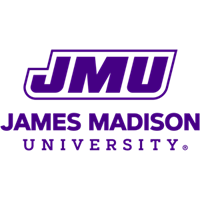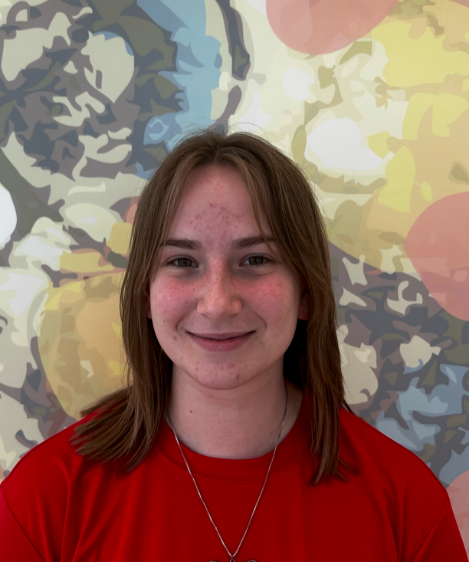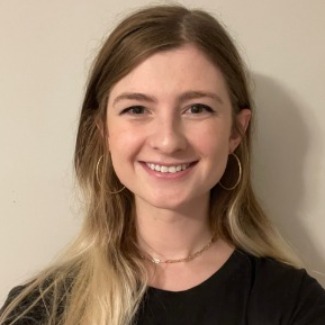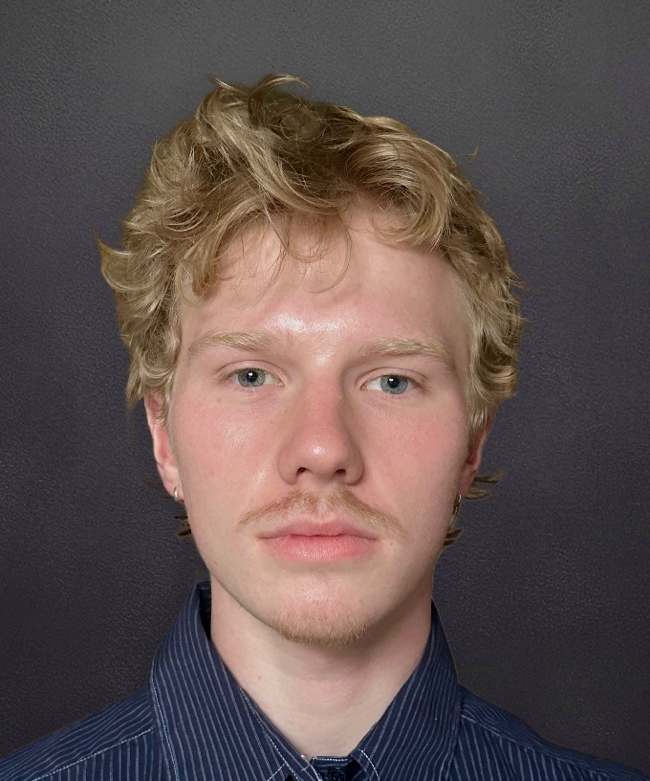Below is a summary of the abstract you submitted. Presenting author(s) is shown in bold.
If any changes need to be made, you can modify the abstract or change the authors.
You can also download a .docx version of this abstract.
If there are any problems, please email Dan at dar78@pitt.edu and he'll take care of them!
This abstract was last modified on March 31, 2025 at 6:20 p.m..

Bacteriophages, phages, are incredibly diverse and abundant viruses that target bacterial cells. The James Madison University (JMU) chapter of the SEA-PHAGES program annotated two novel bacteriophages that infect Mycobacterium smegmatis mc2 155—a nonpathogenic model for M. tuberculosis. Although the host range of our phages is currently unknown, knowledge gained from the study of phages that infect M. smegmatis is likely transferable to pathogenic mycobacteria due to the close genomic similarity between these Mycobacterial species. Such knowledge has the potential to inform phage therapy treatments for mycobacterial diseases. Two phages, MarleyMoo and Shenandoah, were isolated from soil sampled on the JMU campus in Fall 2024. Shenandoah was found in the Edith J. Carrier Arboretum, which offers expansive, undisturbed soil, rich biodiversity, and a history of successful phage isolations. MarleyMoo was isolated from soil collected from a flower bed adjacent to the JMU Bioscience building. Once both phages were purified, their genomic DNA was extracted and then sequenced on an Illumina instrument by the University of Pittsburgh.
Preliminary genome analysis classified MarleyMoo as a Cluster J phage and Shenandoah as a Cluster B3 phage. Manual annotations were performed using various bioinformatics programs. Notably, Phamerator.org, GeneMark, and DNA Master were used to refine gene locations, while BLAST and HHPred were used to assign theoretical gene functions. Manual annotations showed genome characteristics consistent with their respective cluster; however, a transposon not previously observed in Cluster J phages appears in MarleyMoo. This transposon, as well as the short, highly conserved and repetitive intergenic sequences found within Cluster B3, will be further investigated for their genetic importance.














